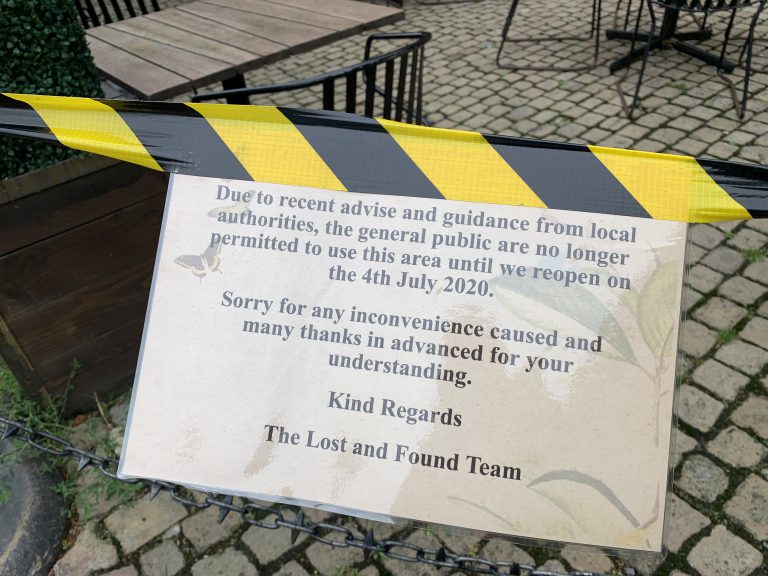With so many tools on hand for gathering data it is a wonder that most businesses do not have the appropriate strategy to learn from the information available at their fingertips. In many ways, data from different processes is a company’s most valuable asset. It can reveal customer trends and responses or overuse of resources in an area where one can cut costs.
Here Rob Holmes, Managing Director, explains what is needed to measure data quality and how it can help companies make smarter business decisions.
Why do many companies not take the time to organize and analyse the data they have?
Until quite recently this has been a very expensive exercise to undertake. Even now, it is one that requires considerable effort. We recently worked with a client who had a wealth of data stored in several tens of thousands of spreadsheets. Accessing this data was time-consuming and difficult. Extracting this data into some kind of data. lake or relational database made it easier to query it and produce actionable insight. However, convincing the client that this was even a reality took quite a bit of encouragement!
How is data quality measured?
This depends on the data of course. There are two basic parameters that you can use though: accuracy and frequency. For example, if you’re monitoring the temperature of your greenhouse, as we did for this specific client, and you can only achieve an accuracy of within 50 degrees Celsius, then this data is not going to be useful to the business. Likewise, if you can measure accurately but you only take measurements once a week, that’s not going to help either. So, to attain a useful insight into your specific scenario you need accurate, timely data at a frequency that allows the business to make informed decisions.
What additional resources does a business need to transform its data into a useful tool?
There is much talk about “Data Science,” and this is at the heart of data transformation. In our greenhouse example, you may like to measure the temperature and humidity every 15 minutes. This would provide a long list of numbers. However, you probably want to know what the minimum and maximum values were, grouped by days, so that you can see when the warmest and coldest days were.
You may also like to use that data to analyse your energy use so you can see how much your energy will cost for a cold day, etc. So, it is clear to see that not only do you need the data you are collecting but other datasets as well (e.g. energy use, energy cost, etc). You then also need a data scientist as well! Making sense of large quantities of numbers can be a daunting task, but with the right person helping along the way, there is always a clear picture to be derived.
Can you give an example of a RGS client success story when it used the data it had to make smart business decisions?
We’ve helped many businesses over the years, and ultimately it all comes down to smarter use of data. As I mentioned previously, one client, in particular, had a very large archive of business data stored in spreadsheets that could not be accessed or exploited.
By developing “Export, Transform and Load” (ETL) processes to harvest the data out of these spreadsheets into a structured database, we were able to bring to the surface a number of insights. For example, how the overall direction of their business had shifted over the years, and how these changes in direction had affected the profitability of their operation. None of this insight was available to them until they started to exploit their data, process it into information, and derive insight from that information.
Find out how business intelligence can help transform your business’ data into something meaningful and actionable. RGS IT work with you from inception to analysis and support by providing specially designed software to help reap beneficial information, improve productivity and cut costs. Contact us with your business queries. We’ll be happy to help.





